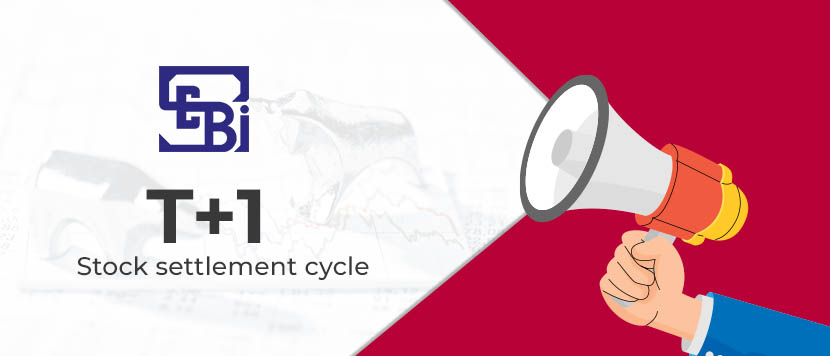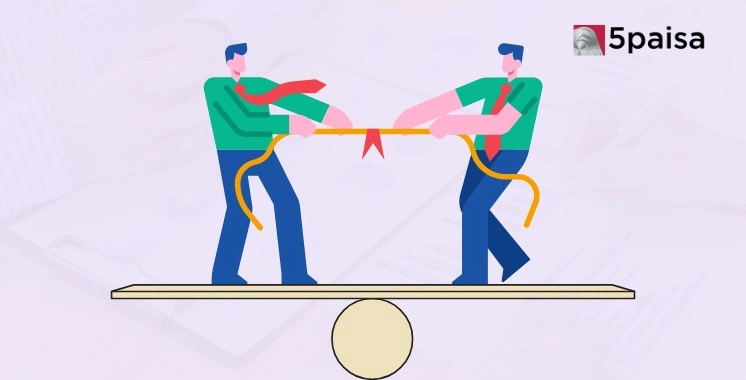How a Diversified Portfolio Can Help in Situations Like War, Pandemic, etc.
SEBI Announces Optional T+1 Settlement From 01-January

Late on 07th September, SEBI announced that it would roll out optional T+1 settlement cycle for stocks from January 2022. Indian stock markets currently operate under T+2 rolling settlements. In this system, if a long or short equity position is taken on any trading day, it has to be either squared up on the same day or it goes into compulsory delivery and gets settled 2 trading days after the trade date (T).
New SEBI T+1 Settlement New Rules
The rolling settlement system was introduced in India in 2001 on the T+3 format and later shifted to T+2 settlements in 2003. At that point, T+1 was discussed but the idea was put off as market participants felt that the banking system was not geared up to handle T+1 settlements. Market participants and infrastructure providers are now of the view that the banking infrastructure has improved substantially to handle this pressure now. Hence, T+1 would improve liquidity and reduce funds lock-in for clients.
Accordingly, SEBI has announced optional rolling settlement in stocks effective from 01-Jan 2022. Stock exchanges will have the discretion to select stocks to offer T+1 settlement cycle on. The only condition is that once the shift is made to T+1, there would be a minimum lock-in period of 6 months and the exchanges will have to provide 1-month advance notice to the members and other clearing institutions for any future shift.
That means; effective Jan-22, there would be T+2 and T+1 settlement cycles happening simultaneously on the stock exchanges. If a stock is moved into T+1, that would apply for normal deals and for block deals. One catch in this shift is that for brokers the T+1 stock positions cannot be netted against the T+2 stock positions.
Indian banking has certainly come a long way since 2003 and handling T+1 settlement should not be a problem. Another view is that shifting to the T+1 cycle will align equity cycles better with the F&O cycle, which is already in T+1. ANMI has raised objections, but it does look like the benefits of T+1 could outweigh the demerits. Of course, the immediate challenges like netting of cycles may have to be addressed.
- Flat ₹20 Brokerage
- Next-gen Trading
- Advance Charting
- Actionable Ideas
Trending on 5paisa
01
 5paisa Research Team
5paisa Research Team
Indian Stock Market Related Articles
Disclaimer: Investment in securities market are subject to market risks, read all the related documents carefully before investing. For detailed disclaimer please Click here.

 5paisa Research Team
5paisa Research Team




